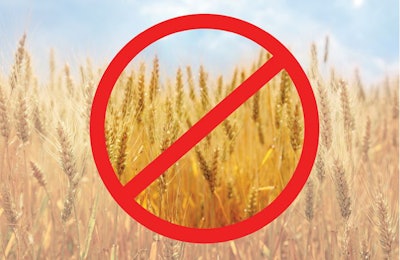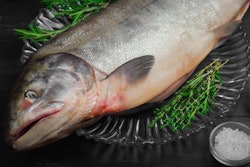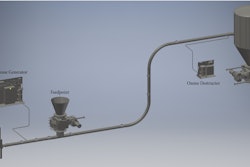
Grain-free pet food sales increased 10 percent in 2017 in U.S. pet specialty, according to GfK, while also accounting for 53 percent of new pet food products. Of course, this category is no longer exclusive to that channel; it and other types of premium pet food are now also prevalent in channels like mass, grocery and club stores, which comprise 46 percent of the U.S. market. The Dog and Cat Food Ingredient Center showed 44 percent of dog foods and 47 percent of cat foods in all channels in 2017 were grain free.
Yet, as popular as these products remain among pet owners and pet food companies, growth has slowed — down from 25 percent in 2016, per GfK — at least in pet specialty, still a key driver of the overall market. The slowdown is partly due to natural market cycles and pet food brands seeking the next big trend, but other factors are at play. Some experts wonder if developing more and more grain-free products is sustainable, from a supply or environmental perspective. These diets tend to be higher in meat, including fresh and “human grade,” which puts pet food directly in competition with human food and rising consumption of meat by people worldwide. There are also concerns about the impact of livestock production on the environment.
That’s the protein element. Legumes, a group of ingredients often used as an alternative source for the carbohydrate macronutrient in grain-free pet foods, have recently become the focus of a U.S. Federal Drug Administration investigation for a possible link to unusual cases of canine dilated cardiomyopathy (see page XX).
Even if no true connection is proven, overuse of legumes in pet foods presents other problems, like significant amounts of fermentable oligosaccharides, which can shift colonic balance and lead to soft stools, diarrhea and flatulence (among other things), wrote Greg Aldrich, Ph.D., president of Pet Food and Ingredient Technology. He said limited-ingredient, grain-free diets especially tend to have large amounts of legume seeds, up to 40 percent of the formula (www.PetfoodIndustry.com/articles/7277).
The real issue is with nutritional balance: the proportion of the ingredients in relation to each other, how they are processed and whether the diets are delivering essential nutrients to dogs and cats.















